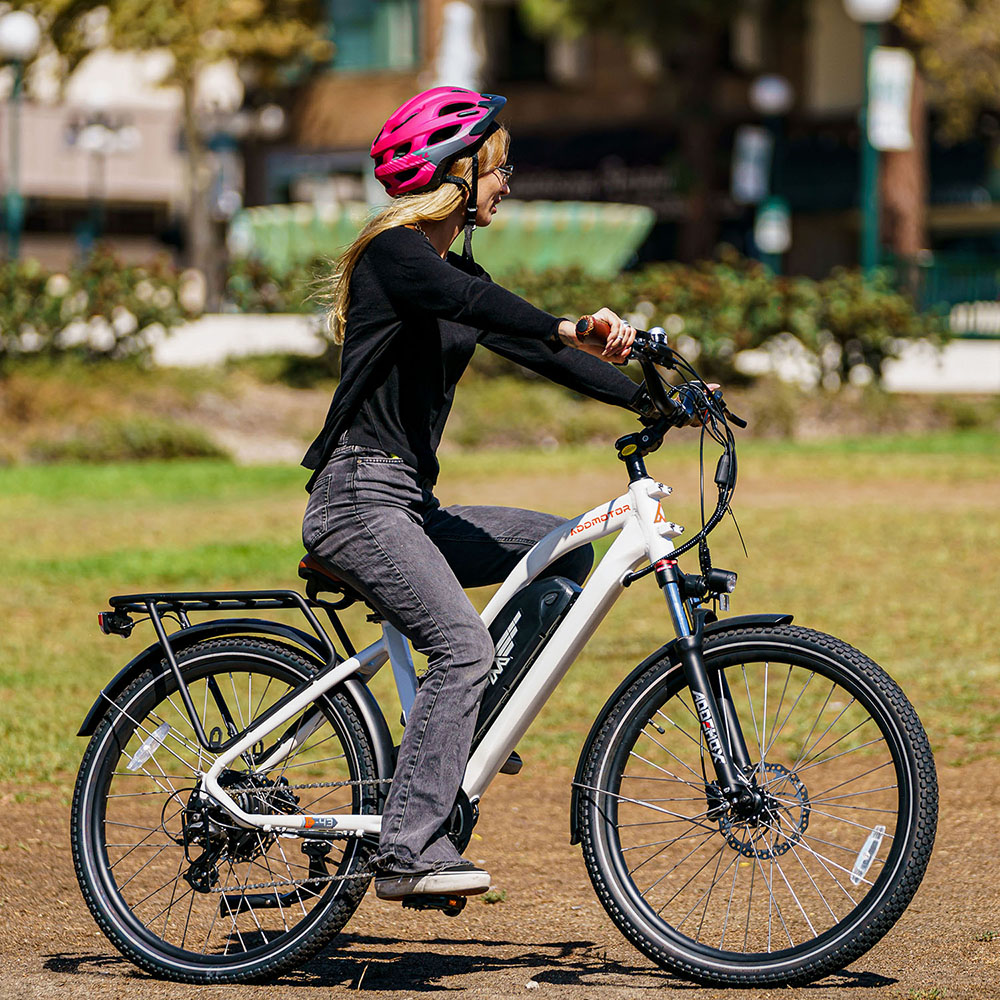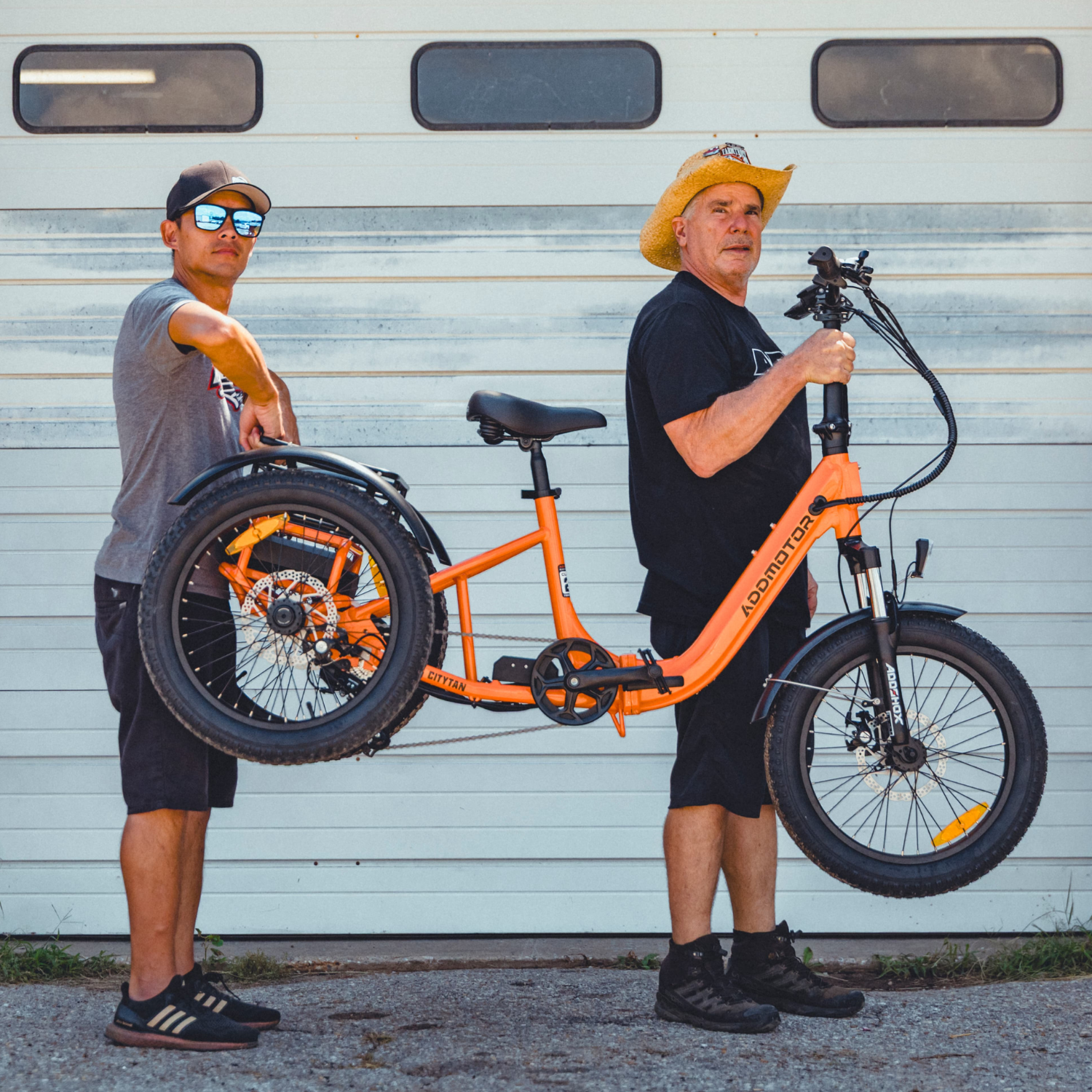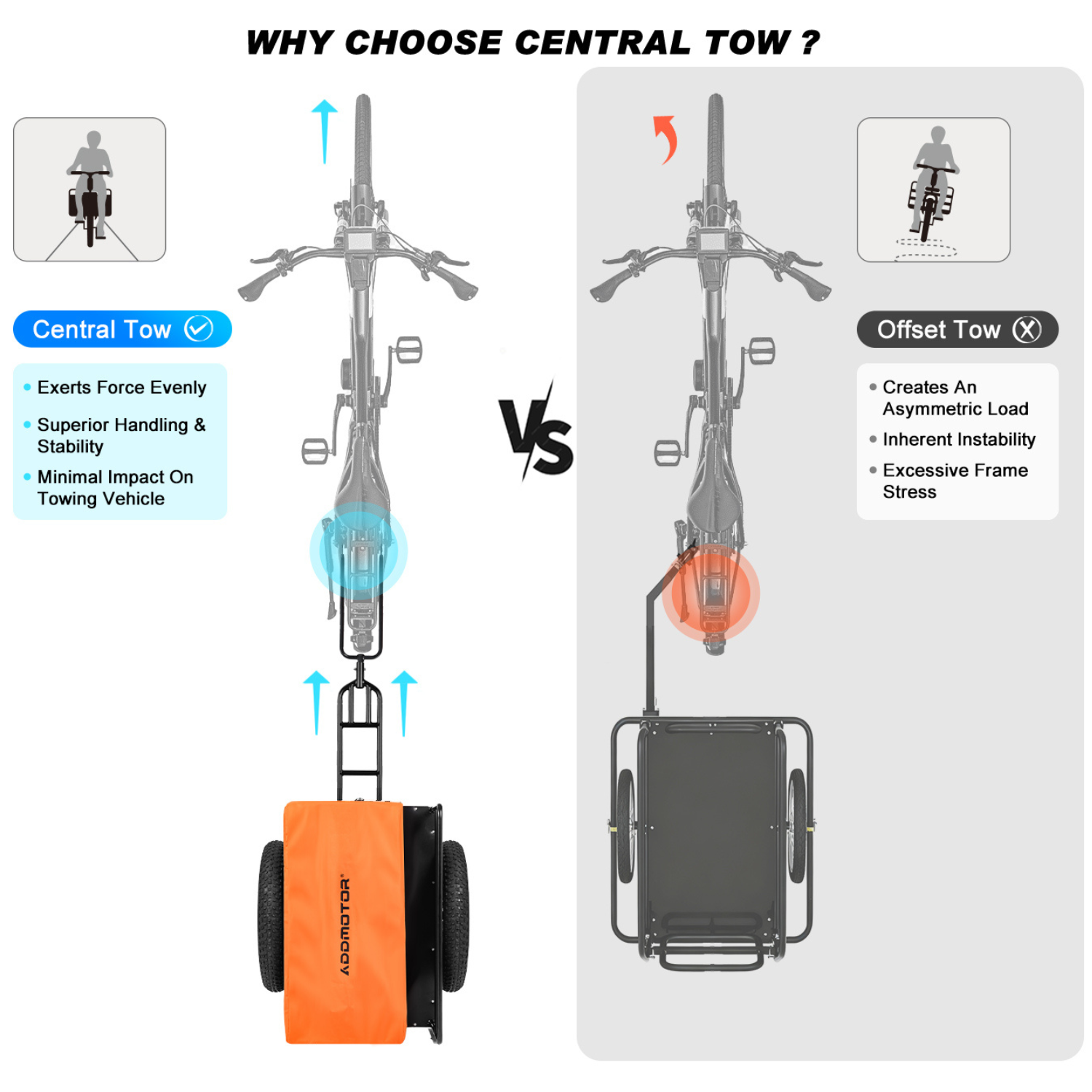How Much Pedaling Does an Electric Bike Really Need?
By ADDMOTOR | 26 June 2025 | 0 Comments
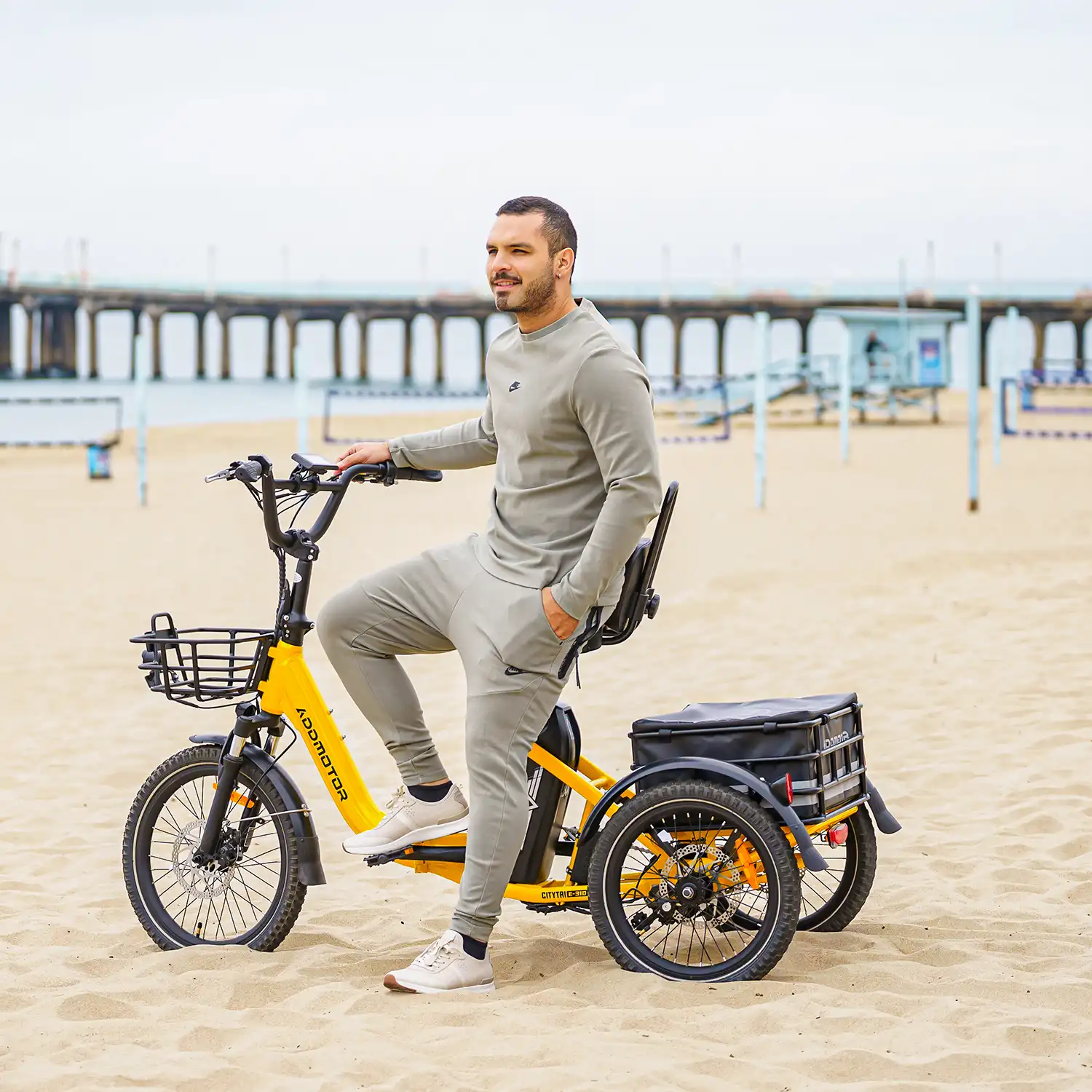
With ebike becoming a popular choice for commuting, fitness, and leisure, one question keeps coming up: Do you actually have to pedal on an ebike? The short answer? It depends. The fuller answer lies in understanding how pedal assist works—and how it aligns with your riding style, goals, and the specific type of ebike you have.
Some electric bicycles are equipped with a throttle that allows you to cruise without pedaling at all, making them more like a scooter in certain situations. Others are pedal-assist only, meaning the motor kicks in only when you start pedaling, providing a helpful boost that makes hills feel flatter and long rides feel shorter. There are also hybrid models that offer both features, giving riders flexibility depending on how much effort they want to put in.
Ultimately, it’s all about how you want to ride. Want a leisurely spin through the park without breaking a sweat? Go full throttle. Want to get your heart rate up while still shaving time off your commute? Pedal assist has your back. E-bikes aren’t about replacing effort—they’re about making your ride more enjoyable, efficient, and tailored to your lifestyle.
What Is Pedal Assist, Really?
Pedal assist (PAS) is a feature built into most e-bikes that boosts your pedaling effort using an electric motor. Rather than replacing the act of pedaling, it enhances it—making each stroke feel lighter, smoother, and more powerful.Think of it like having a tailwind whenever you need it:
* Pedal gently, and the motor gives you just enough support to keep things easy.
* Need a stronger push—like when tackling a steep hill? Just switch to a higher assist level.
* Want to take full control and power through on your own? Drop it to low or no assist at all.
So yes, you’re still pedaling—but how much effort you put in is up to you. With pedal assist, riding becomes less about struggle and more about freedom.
Can You Ride Without Pedaling at All?
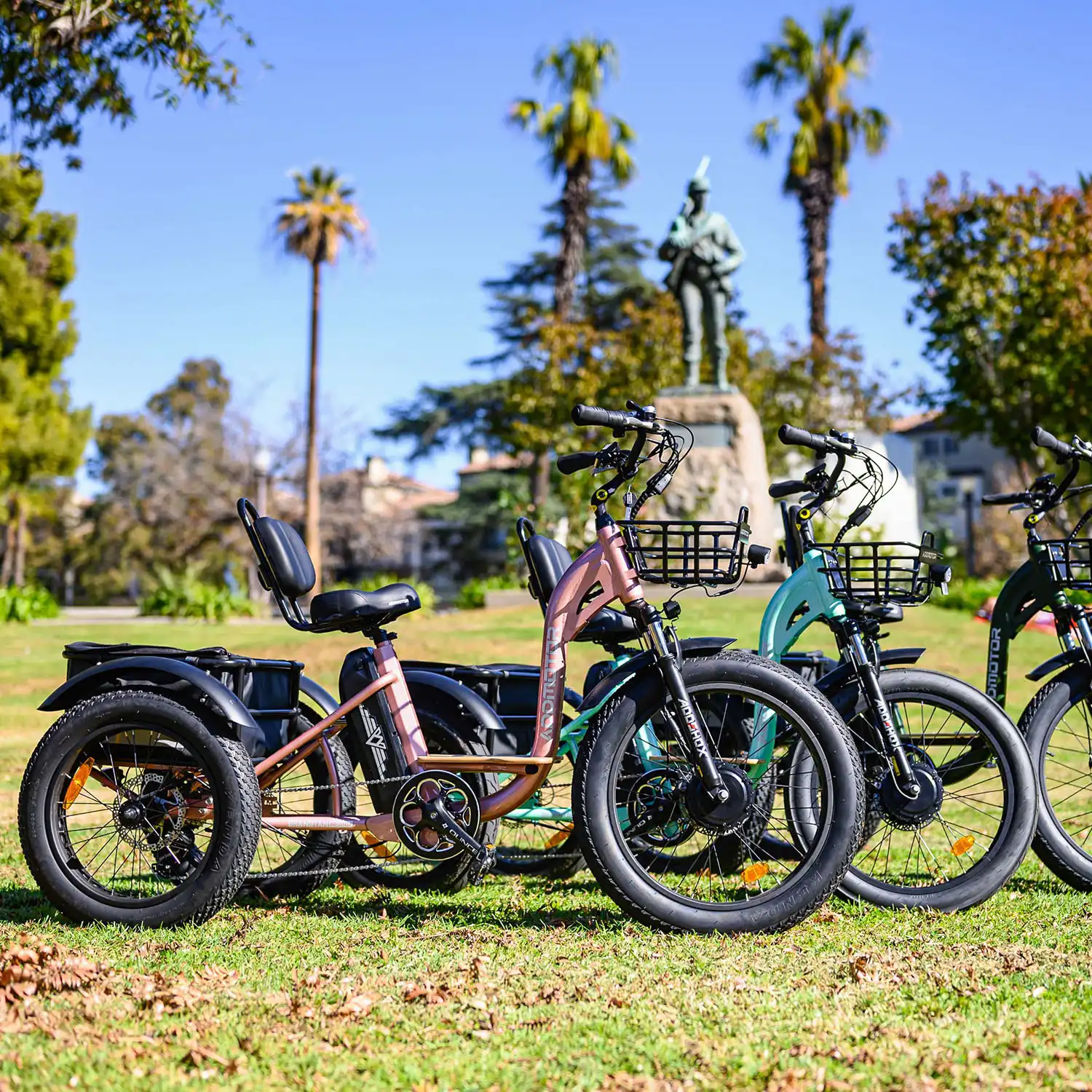
On some electric bikes—particularly those with throttle mode—you absolutely can ride without pedaling. Just twist the throttle or press a thumb lever, and you’re gliding along with zero effort. It’s a game-changer on those rushed mornings when you’re trying to make it to the office without breaking a sweat, or when you’re hauling groceries and the last thing you want to do is grind up a hill.
It’s also handy during relaxed rides—say, cruising a waterfront path or navigating a park trail. You can coast and chat with friends, soaking in the views, while the motor quietly does the work.
That said, throttle mode comes with trade-offs. It drains the battery much faster than pedal assist, so you might find yourself running low on power sooner than expected. Plus, local laws vary—some cities restrict or even ban throttle use, which could limit where and how you ride. And if fitness is part of why you chose an e-bike in the first place, relying solely on the throttle might shortchange you on those health benefits.
Also, most ebikes require at least a little pedaling to get going, especially from a full stop or on steeper terrain. The motor does the heavy lifting, but your legs are still part of the team.
Different E-Bike Styles, Different Pedaling Demands
Not all e-bikes are built the same—and that has a big impact on how much pedaling you’ll actually do. The amount of effort required largely depends on the style of bike and where you plan to ride it.For instance, urban commuter electric bike are designed for stop-and-go traffic and flat city streets. You’ll typically use low to moderate assist here—enough to glide past traffic lights and up small inclines without breaking a sweat. It’s ideal for errands, daily commutes, and casual rides around town.
Mountain e-bikes (e-MTBs) are another story. Built for rugged terrain and steep climbs, they demand more active pedaling. The motor helps a ton, but you’ll still need to engage your legs to navigate switchbacks or rocky trails—it’s part of the thrill for adventure seekers.
Prefer leisurely cruising along beachside boulevards? A cruiser e-bike fits the bill. These are all about comfort and ease, often with minimal pedaling. Perfect for those slow, scenic Sunday afternoons.
And then there are folding e-bikes—compact, portable, and built for short trips or mixed-mode travel. You’ll pedal moderately, especially when zipping between train stations or squeezing through tight urban spaces.
Bottom line: the type of e-bike you ride shapes how much effort you’ll put in, how often you’ll adjust assist levels, and what kind of experience you’ll have on two wheels.
Factors That Affect How Much You Need to Pedal
How much you’ll pedal on an e-bike isn’t just about the bike—it’s about the ride. Real-world conditions can change the level of effort required, even if your assist level stays the same.Terrain plays a big role. On flat, paved roads, the motor barely breaks a sweat, and neither will you. But hit a steep hill or uneven trail, and the system leans on your legs a little more—unless you crank up the pedal assist to compensate.
Then there’s battery charge. When your battery dips into low territory, many e-bikes reduce the power output to conserve energy. That means more pedaling on your part, especially if you're far from home or pushing through tough conditions.
Speed is another factor. E-bike motors usually cap assistance around 20 to 28 mph. Go faster than that—like on a downhill or with a strong tailwind—and you're on your own power. It’s still fun, just all you.
Payload matters too. Extra weight—like a week’s worth of groceries, a backpack full of gear, or a child in a rear seat—can increase the demand on both the motor and your legs. You’ll likely need to up the assist level or contribute more pedal power.
And finally, your own preferences make a difference. Some riders enjoy the rhythm and exercise of light pedaling, using the motor only as a backup. Others prefer a smoother, near-effortless cruise. The beauty of an e-bike is that you get to choose your level of involvement—and adjust it in real time as your mood or route changes.
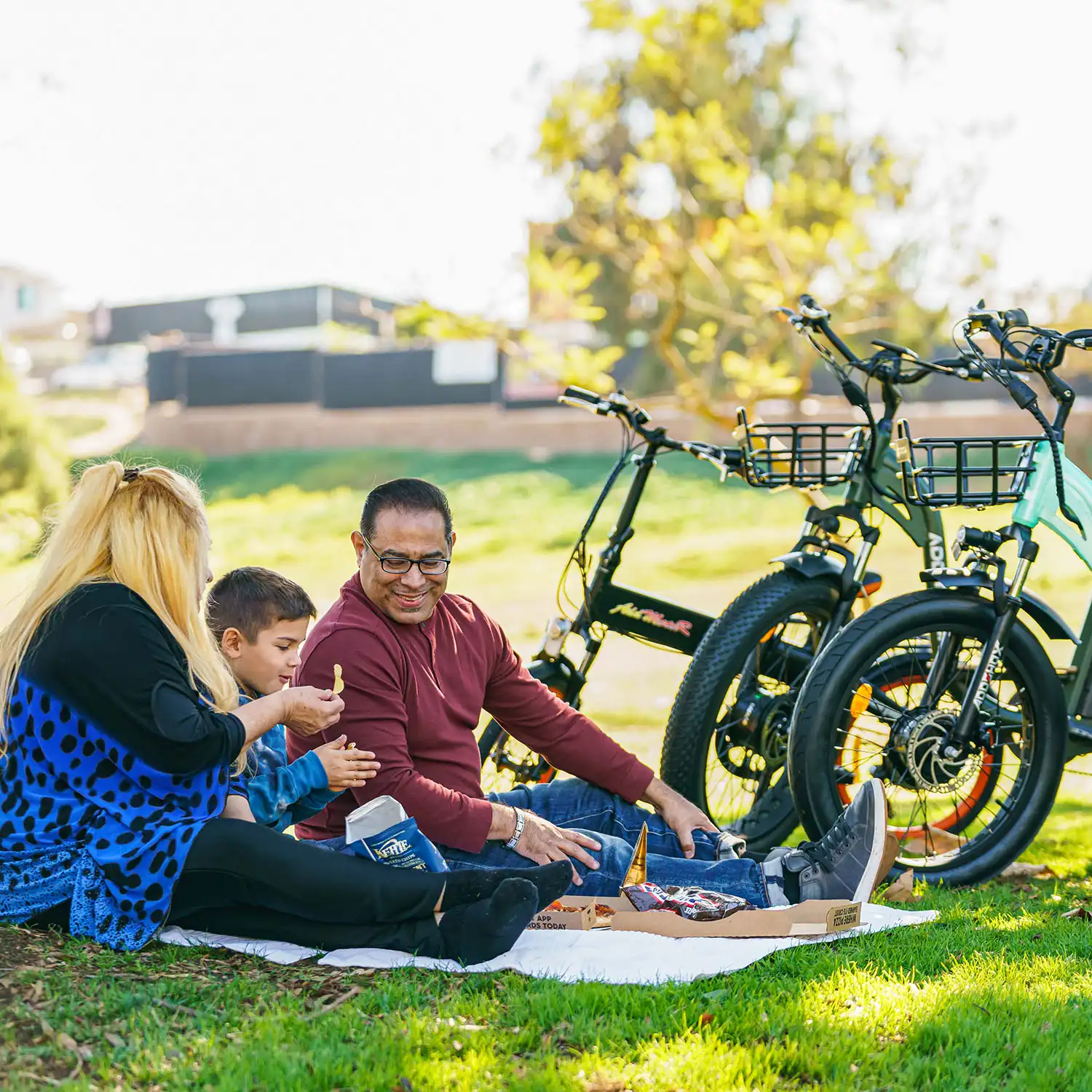
Do You Still Need to Pedal? The Honest Answer
In most situations, yes—you’ll still be pedaling on an e-bike. But how much and how hard? That part’s mostly up to you and the bike you're riding. E-bikes aren’t meant to replace pedaling entirely—they’re designed to make it smarter, smoother, and more adaptable to your ride.You’ll find yourself pedaling…
* Less when the assist is high, letting the motor carry more of the load.
* More if you're stretching the battery, easing off the motor to extend your range.
* Hardly at all with throttle-only models, if you're riding in full-on cruise mode.
* But most of the time, somewhere in between—a comfortable blend of effort and ease.
Think of it as shifting from “I have to” to “I choose to.” And that freedom is part of what makes e-bikes so compelling.
Final Takeaway: Find Your Pedaling Comfort Zone
An e-bike should feel like a natural extension of how you love to ride. Whether you're chasing a sweat-free commute, easing back into cycling after a break, or just looking for a low-impact way to stay active—there’s a setup that fits your needs.So, how much pedaling does an electric bike really require? Just enough to keep you in motion—without the grind.
Leave a Reply
Your email address will not be published.Required fields are marked. *
Latest Stories

